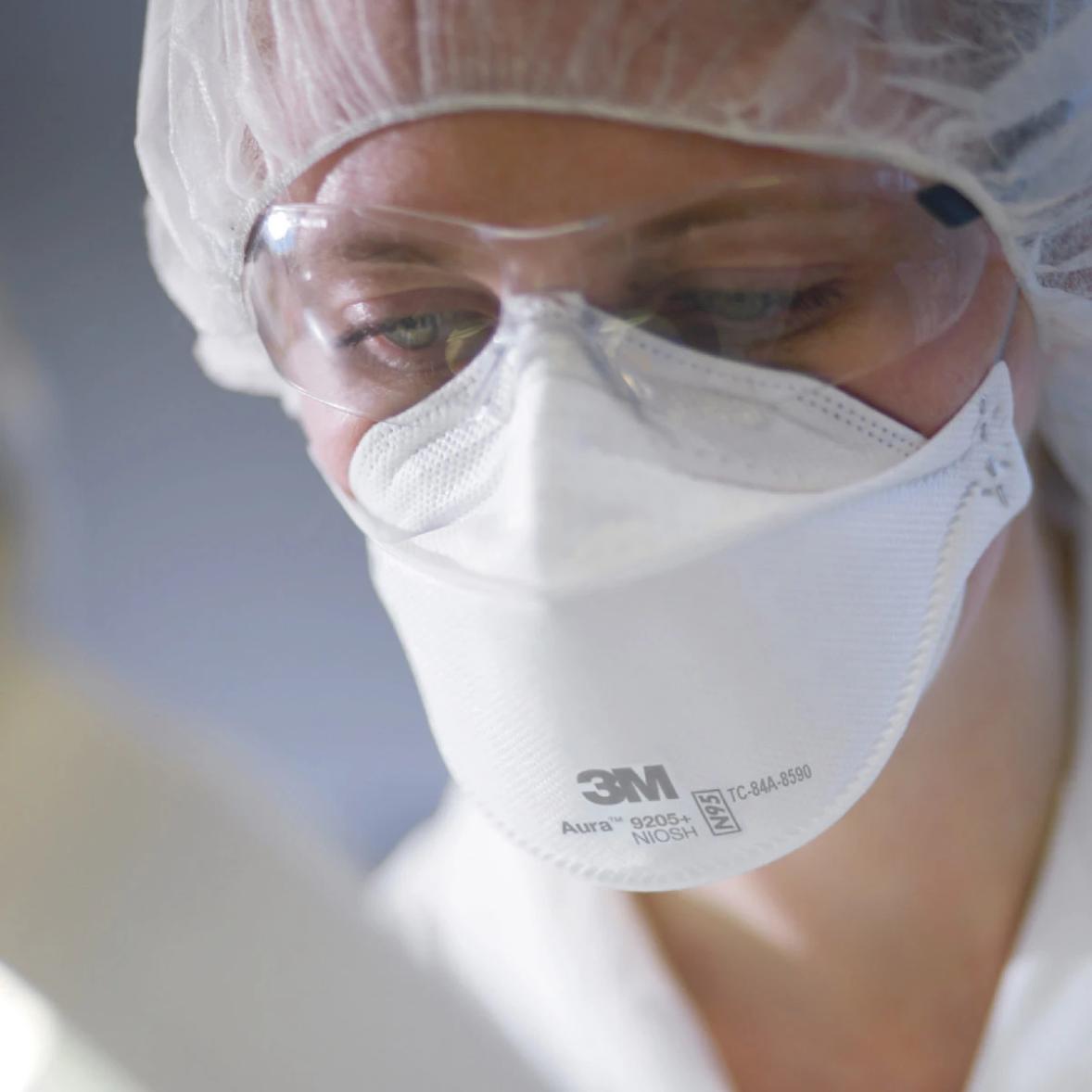What Are the Alternatives to Face Masks and Respirators?
Face masks and respirators have become essential tools in the fight against respiratory illnesses like COVID-19. They play a crucial role in preventing the spread of infectious particles through the air. However, there are situations where wearing a face mask or respirator may not be feasible or practical. In such cases, exploring alternative methods to protect oneself from respiratory illnesses becomes necessary. This article delves into various alternative methods that can be employed to minimize the risk of infection.

Alternative Methods To Face Masks And Respirators
Physical Distancing
- Maintaining a safe distance from others in public places.
- Avoiding crowded areas.
- Working from home when possible.
Hand Hygiene
- Washing hands frequently with soap and water for at least 20 seconds.
- Using hand sanitizer with at least 60% alcohol content when soap and water are not available.
Respiratory Hygiene
- Covering mouth and nose with a tissue or elbow when coughing or sneezing.
- Avoiding touching the face, especially the eyes, nose, and mouth.
Environmental Cleaning And Disinfection
- Regularly cleaning and disinfecting frequently touched surfaces.
- Using EPA-approved disinfectants against the specific respiratory illness.
Other Protective Measures
Proper Ventilation
- Ensuring adequate ventilation in indoor spaces.
- Opening windows and doors to increase air circulation.
Air Purifiers
- Using air purifiers with HEPA filters to remove airborne particles.
- Choosing air purifiers with a CADR (Clean Air Delivery Rate) appropriate for the room size.
Ultraviolet Germicidal Irradiation (UVGI)
- Using UVGI devices to disinfect air and surfaces.
- Ensuring proper installation and maintenance of UVGI devices.
While face masks and respirators remain essential tools in preventing the spread of respiratory illnesses, these alternative methods offer additional layers of protection. By combining these methods with proper respiratory hygiene and environmental cleaning practices, individuals can significantly reduce their risk of contracting and transmitting respiratory illnesses. It is important to remember that a comprehensive approach to respiratory illness prevention is crucial, and no single method can guarantee complete protection.
YesNo

Leave a Reply